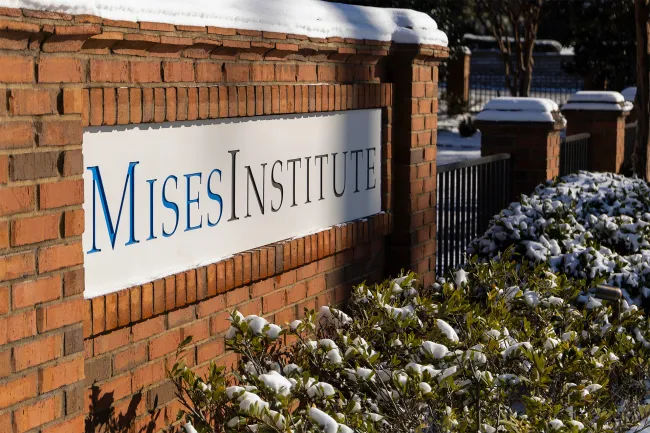Roger Lowenstein’s recent piece in the Sunday New York Times Magazine, Help Wanted, demonstrates a good deal of common sense. Bush claims to have “created” 2.5 million jobs, while Kerry intends to create 10 million. This is all quite ridiculous, as Lowenstein rightly observes.
There is one problem with such thinking: virtually no one involved with presidential politics, and virtually no economist, believes it. Robert Barbera, chief economist at the brokerage firm of ITG/Hoenig, says that in his 30 years in the business, ‘’the notion that presidents create and lose jobs is the most grotesque mischaracterization of the economic backdrop’’ that he has witnessed.
The market economy is constantly creating and destroying employment opportunities as production is reorganized in light of changing consumer needs and new technology, as Lowenstein captures rather nicely in this passage:
Such improvements, replicated across the country, help to reshape the labor market in lasting ways. Since 1998, the United States has lost three million jobs in manufacturing. Reinforcing the idea that the economy is being fundamentally retailored, Erica Groshen, an economist at the New York Fed, reports that the recent economic cycle has not followed the familiar pattern in which firms announce layoffs and then gradually rehire. Instead, some industries have permanently shed jobs; others have been net winners. However, it’s important to recognize that structural change is itself cyclical; while the economy is always evolving, every generation or so some technological innovation will spark a temporary, but alarming-seeming, acceleration.
In the late 19th century, as railroad tracks were knitting the country together, lumber mills in Ohio suddenly found that they were competing with the Pacific Northwest. Armies of unemployed roamed the middle states angrily demanding that the government provide them with work. If you can imagine the tracks stretching to Shanghai or Bangalore, you get a sense of the anxiety in the labor market today. This is why, after a period of liberalism under Clinton, the pressure to legislate trade is also at a cyclical high. Intellectually, protecting the United States from Asia or Europe is akin to protecting Ohio from Oregon a century ago. Tactically, it’s like fighting a war of attrition in which two billion Chinese and Indians are on the other side.
Although the article says a great many things that I agree with, I will focus on points of disagreement:
- Lowenstein mentions that unemployment is primarily a problem of price rigidities, but he doesn’t quite get it.The labor market should be able to employ any amount of labor at some price. Involuntary unemployment is an indication that wage rates have not adjusted to the supply and demand conditions. This can be due to regulation, labor unions, or other causes. Voluntariy unemployment is speculative in nature, that is, a worker may be holding out for higher pay, with the anticipation that they will find it if they keep looking long enough.
Since the government can only make so many transfers, the real question is how to prod the labor market so that firms will, on their own, pay better rewards. This is most important for lower-wage workers. Adjusted for inflation, over the last three decades the bottom half of American households have done little better than tread water. Alleviating this nagging problem won’t be easy, in part because of America’s justly prized flexibility. Elected officials don’t like to admit it, but lower wages are probably a price that Americans pay for having more jobs; that is, America’s greater flexibility, including its willingness to work for less, results in more work.
- “Job quality”, which Lowenstein defines as higher skill/high pay jobs, occurs when the marginal product of labor is higher. This can only happen when there is more capital in relation to labor. Labor produces more per unit of work when it has more capital to work with. Capital can only be created by true savings - the voluntary sacrifice of consumption opportunities. Lowenstein does have some senstivity to this.
- The president could, perhaps, have some influence over savings if he pushed congress to cut taxes and spending. Lowenstein mentions this:The problem here is that he doesn’t look at spending, which is the ultimate drain on private savings. Cutting taxes without cutting spending means that the government will just borrow or print money. The former soaks up private savings, the latter dilutes purchasing power of private savings and drives the business cycle.
The catechism goes like this: lower rates will induce taxpayers to work longer and harder, fueling more investment. That will raise worker productivity, leading to better-paying jobs and possibly to more jobs. Other things being equal, societies with lower tax rates probably do perform better. But again, tax rates are not the all-powerful jobs lever that Republicans suggest.
- Lowenstein to his credit mentions the business cycle, but he sees it as an endogenous force that comes and goes on its own. The business cycle, a prime cause of unemployment, is a creation of fractional reserve banking.

